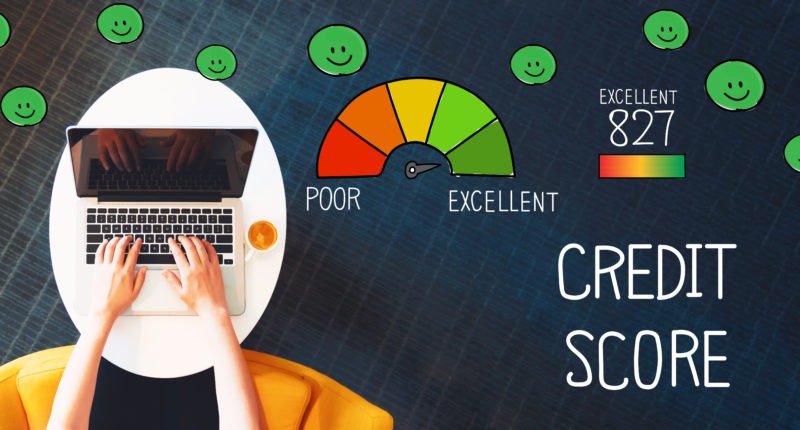Have you checked your credit score recently? Has the rating fallen between January 2020 and now, by any chance? Don’t understand why? The answer is that the Credit Information Company (CIC) has changed the criteria for scoring the borrowers and cardholders. This has led to a sharp change in the score of many since the beginning of this calendar year.
According to the statistics from TransUnion CIBIL’s website, about 60% of the total consumers had a score of 775 and above in January 2020. Alarmingly, now the share has dropped to 37%. The sole reason for this drop is that the CIBIL has updated its system to consider the credit history of the past 36 months, instead of 24 months, for scoring customers.
On the other hand, the CIBIL team has assured customers to not worry about the drop in the scores as the new ratings will not lead to rejection from lenders. CIC has worked in line with the updated scoring mechanism to instruct the member banks and non-banking financial companies (NBFCs) to update their lending policies.
Banks have, now, lowered their credit score requirement in sync with the new scoring mechanism. This was done after analysing the difference between new and old scores. For example, an early score of 724 is now equivalent to the original score of 701.
Also Read: 5 Factors About COVID-19 Personal Loans You Should Know
There are several reasons for the change in the credit score assessment algorithm. The technology required to crunch more data for computations is easily accessible than ever before. Consumer behaviour has been changing; more and more people prefer consumption loans, such as personal loans and durable consumer loans. The percentage of people using a credit card for domestic purchases has been increasing.
TransUnion CIBIL believes that assessing the credit score based on 36-month borrowing data, instead of 24-month data, can provide deeper insights. Keeping a watch over a longer period can display a comprehensive picture of the individual’s credit behaviour. The latest mechanism also considers the long-term trend of outstanding balances, the ratio of repayment to the outstanding balance, transaction history on credit cards, and the number of accounts opened and closed during the period.
Apart from the credit behaviour, the other significant factors the credit reporting agency considers to conclude the credit score are payment history, credit mix, credit utilisation ratio, and enquiries.
Another essential element of the new credit scoring algorithm is that even an individual with a credit history of fewer than six months will get a score. Previously, individuals with less than six months of credit history would not get a score.
For any clarifications/feedback on the topic, please contact the writer at apoorva.n@cleartax.in





